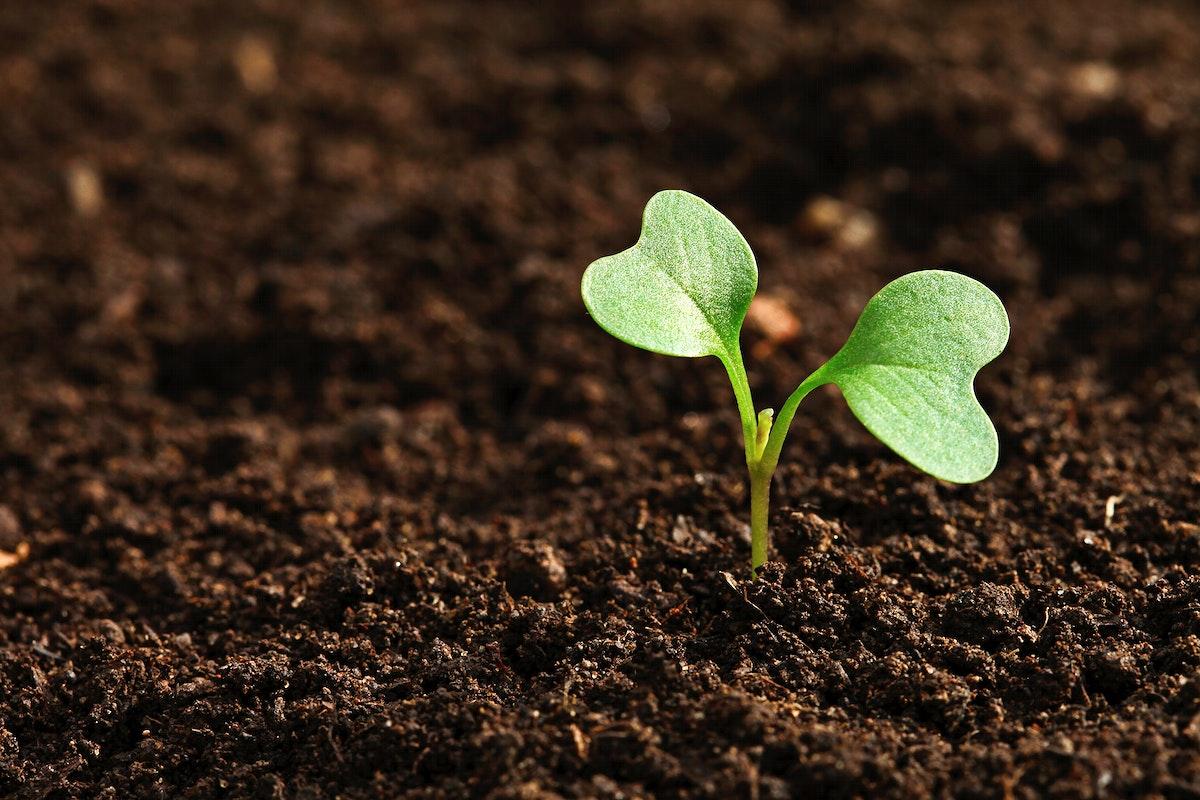
Preserving Pumpkins
by Tonya Page
Students will go through the process of counting pumpkin seeds and analyzing data through mean, median and mode as well as creating correlating graphs. Students will learn what causes fruit decomposition and be able to experiment with different preservation choices to determine the best way to preserve pumpkins.
Lesson Grade Level
6th GradeLesson Plan Link/URL
https://docs.google.com/presentation/d/1M2O8sq_YDKa5_Li5CAUQiUC1s_OJmdL7/edit?u…Subject Area
Science Life Science L1: Cells L2: Organisms & Energy Technology 1. Empowered Learner 5. Computational Thinker 6. Creative Communicator Engineering Mathematics Counting and Cardinality (CC) Number and Operations in Base Ten (NBT) Measurement and Data (MD) Number & Quantity (N) English Language Arts (ELA) Reading (Literature) Reading (Informational Text) Writing Speaking & ListeningRelated Content

Grades:
Kindergarten, 1st Grade, 2nd Grade, 3rd Grade
Students will participate in a hands-on scientific experiment that addresses the question: "Can you grow plants without seeds?" To further explore this concept, students will actively listen to a read

Grades:
9th Grade, 10th Grade, 11th Grade, 12th Grade
Using the Introduction to Hydroponics lab, introduce students to the features of the Hydroponic Systems. Students will explore the different types of grow mediums and grow lights used in the systems

Grades:
9th Grade, 10th Grade
This lesson plan focuses around 4 key topics, with activities for each. The plan covers renewable energy, solar energy, why solar energy is important, and what the children can do to conserve energy

